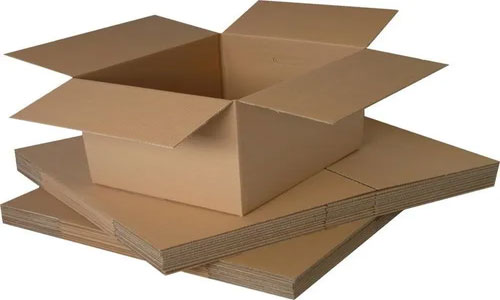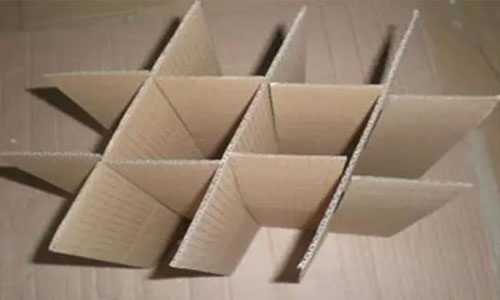When it comes to die cutting chipboard, foil, and corrugated materials, there are several considerations to keep in mind to ensure successful and efficient production:

1. Material Thickness: Chipboard, foil, and corrugated materials can vary in thickness, so it's important to choose the appropriate die cutting equipment that can handle the specific thickness of the material. The die cutting machine should have enough pressure to cut through the material without damaging it.
2. Blade Selection: The type and quality of the blade used in the die cutting process are crucial. For chipboard and corrugated materials, a sharp and durable blade is needed to ensure clean and precise cuts. For foil materials, a special blade with a non-stick coating is often used to prevent the material from sticking to the blade.
3. Die Design: The design of the die is also important for die cutting chipboard, foil, and corrugated materials. The die should have enough cutting edges to ensure a clean cut, and the design should be optimized for the specific material being used. For corrugated materials, the die design should take into account the flutes and thickness of the material to prevent crushing or tearing.
4. Cutting Pressure and Speed: Finding the right balance of cutting pressure and speed is crucial for die cutting chipboard, foil, and corrugated materials. Too much pressure or too high speed can cause damage to the material or result in incomplete cuts. It's important to adjust the cutting parameters based on the specific material being used.
5. Waste Removal: Chipboard, foil, and corrugated materials can produce a significant amount of waste during the die cutting process. Proper waste removal systems, such as vacuum systems or conveyor belts, should be in place to efficiently remove the waste material and prevent it from interfering with the cutting process.
6. Quality Control: Regular quality control checks should be conducted to ensure that the die cutting process is producing accurate and consistent results. Inspecting the cut pieces for any defects or inconsistencies can help identify any issues with the die or cutting parameters that need to be addressed.

By considering these factors, manufacturers can optimize the die cutting process for chipboard, foil, and corrugated materials, leading to improved efficiency, higher productivity, and consistent component quality.
Here are the topics that we’ll cover in this complete guide Rotary Die Cutting in Industrial Applications Section 2: Categories of Materials in Die Cutting:
2.1 Plastics: Types, Applications, and Die Cutting Considerations
2.2 Non-Metallic Materials: Characteristics and Die Cutting Applications
2.3 Medical Supplies: Die Cutting Challenges and Solutions
2.4 Paper Products: Die Cutting Techniques and Applications
2.5 Neoprene, Film, and Vinyl: Die Cutting Techniques and Applications
2.6 Automotive Components: Die Cutting Solutions for Efficient Production
2.7 Electronics: Die Cutting for Precision and Performance
2.8 Non-Wovens: Die Cutting Techniques for Enhanced Efficiency
2.10 Fishpaper, Thermal, and Fiberglass: Die Cutting Techniques and Applications
2.11 Digital Substrates: Die Cutting for Advanced Printing Technologies
Contact: Pamela
Phone: +86 189 6365 3253
E-mail: info@industryprocess.com
Whatsapp:+86 189 6365 3253
Add: Yajing Industrial Park, No. 59 Shuangjing Street, Weiting Town, Suzhou Industrial Park
We chat
